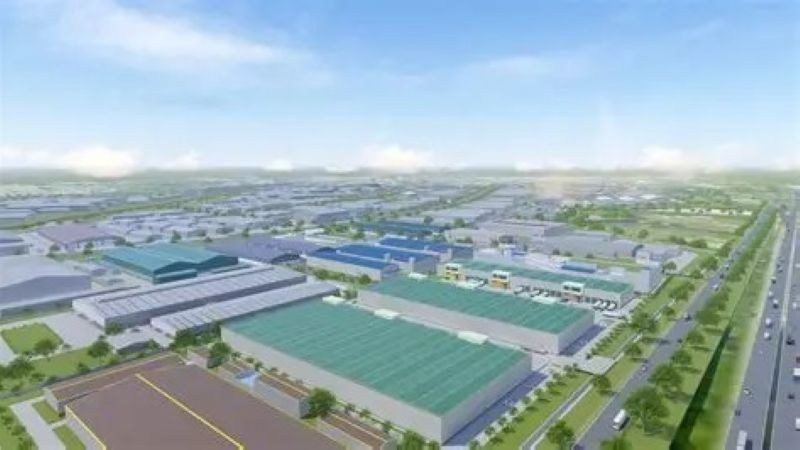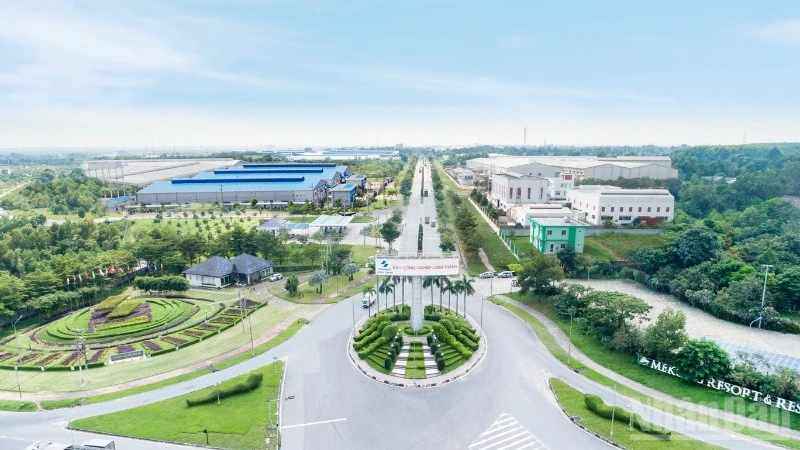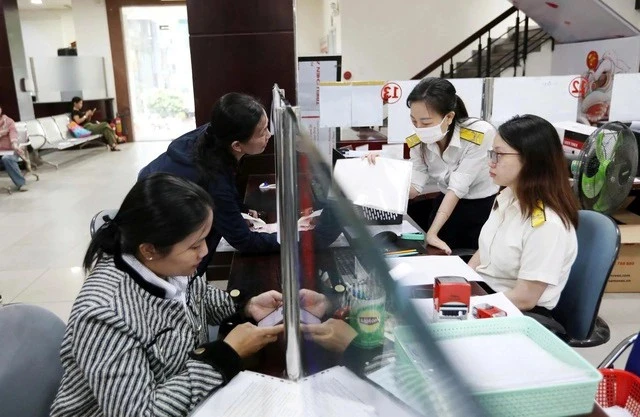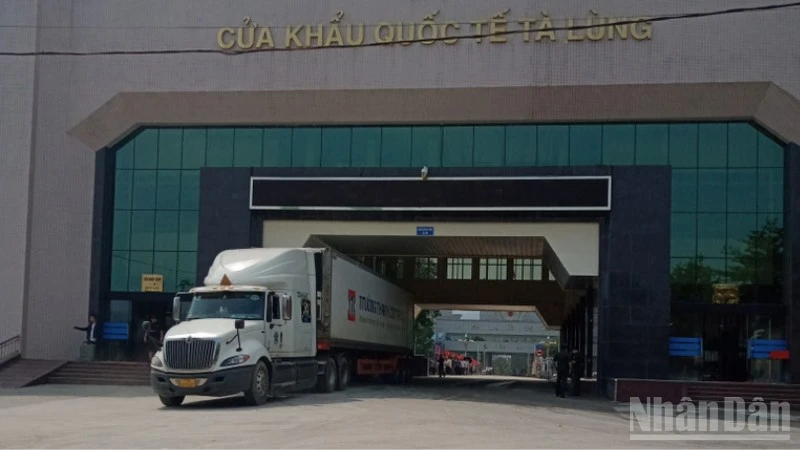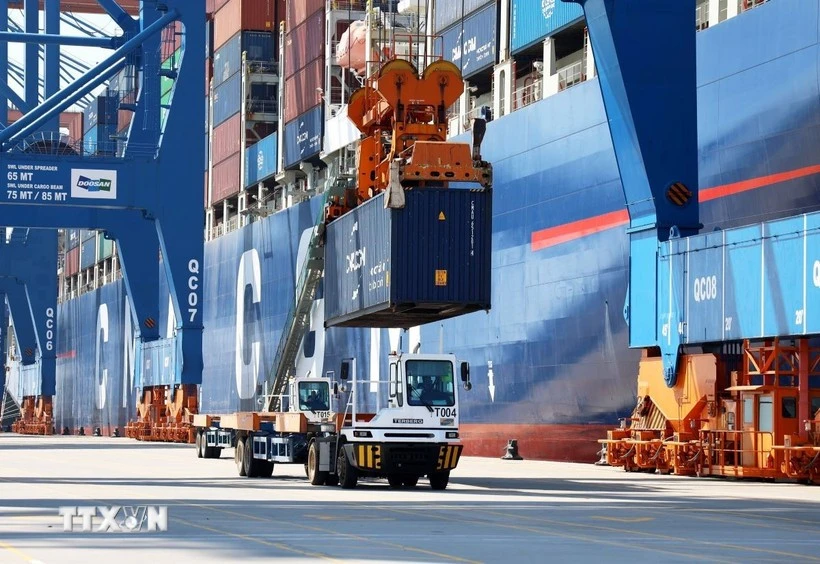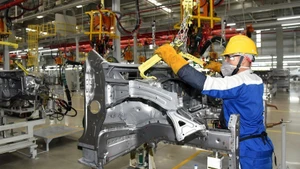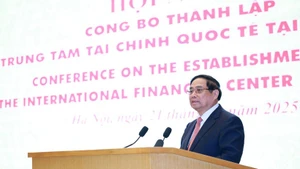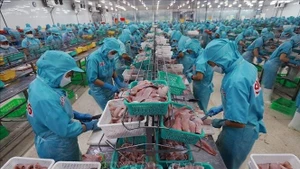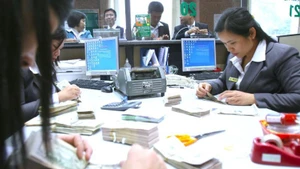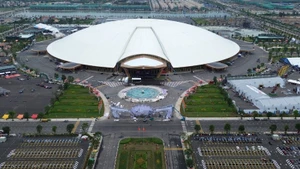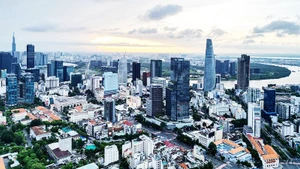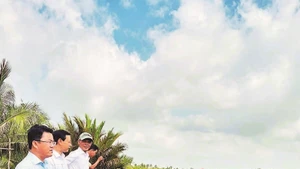Analysing this situation, John Campbell, Director of Industrial Services at Savills Ho Chi Minh City, said that Viet Nam has seen a sharp rise in the number of new manufacturing projects, as well as important shifts in the industrial real estate market.
Accordingly, Savills noted that the 32% year-on-year increase in FDI in the manufacturing sector in the first half of 2025 represents significant progress, not only for the sector itself but also for Viet Nam’s economic trajectory. The manufacturing and processing sectors attracted nearly 12 billion USD, accounting for over 56% of registered FDI, reaffirming their leading rold. This dramatic increase — the highest since 2009 — reflects global confidence in Viet Nam’s investment environment and role in supply chains.
Apart from this impressive growth, value-added output rose more than 10% year-on-year, contributing nearly 2.6 percentage points to GDP. This is not a short-term boom but a structural shift in investor confidence and market maturity. This is a breakthrough in both scale and structure, that reinforces Viet Nam’s roadmap towards high-value sustainable industrial growth.
According to John Campbell, global factors are simultaneously driving FDI flows into Viet Nam, including supply chain diversification, trade tensions and tariff pressures prompting firms to seek manufacturing destinations, with political stability and tariff incentives. Preferential trade agreements such as RCEP, CPTPP and EVFTA give Viet Nam access to about 65% of global markets, further boosting its appeal for export-oriented manufacturing.
With its strategic location near China, Viet Nam offers both competitive labour costs and seamless connectivity to regional supply chains. Rising green and high-tech FDI is evident in sustainable and advanced production projects such as Lego’s green factory and chip packaging investments, showing a shift towards modern, environmentally friendly industry.
“These combined factors are opening a new era of high-value, sustainable FDI flow into Viet Nam, positioning the country as a global manufacturing hub that goes beyond cost advantages,” Campbell said.
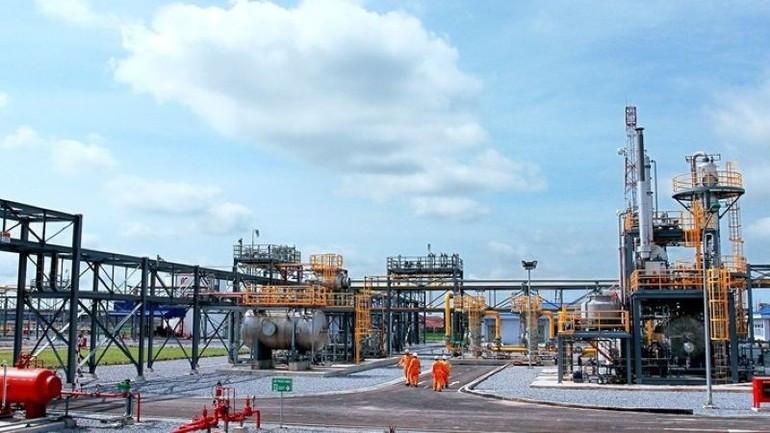
Statistics from Savills Viet Nam show that the number of new manufacturing projects rose by nearly 40%, underlining the country’s increasing strategic appeal in global supply chains. This reflects rising investment demand and market development.
The surge also demonstrates strengthened investor confidence, not only in capital inflows but also in operational expansion, with business establishing strategic facilities.
The demand for building flexible supply chains is prompting investors to seek production destinations which are geographically diverse and politically stable. Viet Nam’s rising reputation as a manufacturing hub is supported by infrastructure development, supportive policies and favourable trade positioning. This proves that Viet Nam is not just a “passive recipient” of supply chain shifts, but has become a priority link in global production networks.
Notably, the surge in ready-built factories (RBF) outpacing land purchases may mark a turning point in Viet Nam’s industrial property market. RBFs provide advantages such as faster start-up times and lower initial costs, with demand rising sharply.
In the first half of 2025, RBFs and logistics facilities recorded the highest absorption rates in three years, with occupancy reaching 88–89% across regions. Rising demand for RBFs has pushed up rental yields and occupancy, driving industrial expansion. While industrial land supply continues to grow, developing new facilities requires more time and capital, making RBFs a strategic option for investors seeking flexibility.
The shift towards RBFs reflects the maturity of Viet Nam’s industrial real estate market, as investors prioritiese flexibility, speed and modern infrastructure — factors especially critical for high-tech and green manufacturing sectors meeting ESG (Environmental, Social, and Governance) standards.
From this reality, Savills Viet Nam recommends measures to help the industrial real estate market grow sustainably and maintain FDI attractiveness. Priorities include ensure a stable and greener power supply; expand the DPPA mechanism and renewable energy; provide available land fund with streamlined approvals and transparent pricing; expand connectivity infrastructure by completing 3,000 km of expressways and upgrading seaports and ICDs; encourage development of high-standard RBF/RBW (ready-built warehouses) and BTS (build-to-suit) projects; adjust incentive policies suitable with the global minimum tax while retaining appeal; and develop specialised human resources for semiconductors and high-tech manufacturing.
